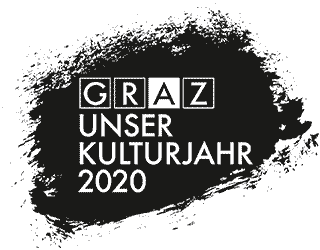Sparkline (with serene velocity)
Keywords: Live Electronic Music, Room Acoustics, Impulse Response, Sound Diffusion, SuperCollider 3.
The sound of low current high voltage arcing is unusual in that it has no ‘body’. It is not produced by a vibrating object pushing and pulling at the air but by a literal tearing of the air caused by a flow of electrons. This produces a sound that travels in all directions uniformly. To the ear, the sound of a spark has an unmistakable quality of presence and an association with electronic failure. It is a sound that cannot be adequately reproduced by loudspeakers — it exists at point of rupture just beyond the limits of coils and cardboard.
Sparkline (with acceleration) is live electronic music with no fixed media elements. A long pair of wires producing sparks along their length in a somewhat regular but non-metrical and never repeating series of impulses is recorded with two condenser microphones. The recording is played back immediately while it is still being recorded. The playback begins at a rate roughly 8 octaves slower than recorded and steadily accelerates until it is roughly 7 octaves faster and almost catches the input. That process is repeated. But the resultant sound is quite different the second time as the accumulation of accelerated impulses invades the recording process along with additional manipulations that juxtapose the impulses of digital ‘glitch’ with the impulses of the sparks.
To my ear, the interaction of static, steady but never quite repeating, and speaker, relentlessly and somewhat dogmatically accelerating, makes it possible to hear more in each. When the speaker playback is slow, the reverberation of each spark is lengthened; when it is fast, the longer-term patterning of the sparks becomes evident. And the spatial specificity of each spark becomes more vivid against the wash of its playback. And the teleological drive of the glissandi and the processual stasis of the sparks serve both our need to know and our desire not to care.
For MUMUTH-Ligeti Hall, I planned a new version that would diffuse the sound of the through the speakers in the “sky”. The goal was to place each successive spark, roughly 7000 sparks in total in a distinct pair of speakers, sounding all 4032 speaker pairs available. Of course, our current epidemiological woes make that piece, which is called Sparkline (with the Sky), impossible to realize.
Instead, I have made a video version of the piece for online presentation. Since the piece is entirely about liminal physical presences, none of it translates well to online presentation. However, video offers the possibility of experiencing visually and aurally, a succession of completely distinct observation points. In performance, one would never get very close to the sparks, on video, one can. Sparkline (with serene velocity) presents the piece as a video of constantly changing camera perspectives in a manner that draws on Ernie Gehr’s classic experimental film of a hallway seen at constantly changing degrees of ‘zoom’.

Join the conversation
xCoAx 2020: Ron Kuivila “Sparkline (with serene velocity)” the sound of a spark has an unmistakable quality of presence https://t.co/wZgKARXq51 #xCoAx2020 pic.twitter.com/KSQLHkHyLA
— xcoax.org (@xcoaxorg) July 8, 2020

















